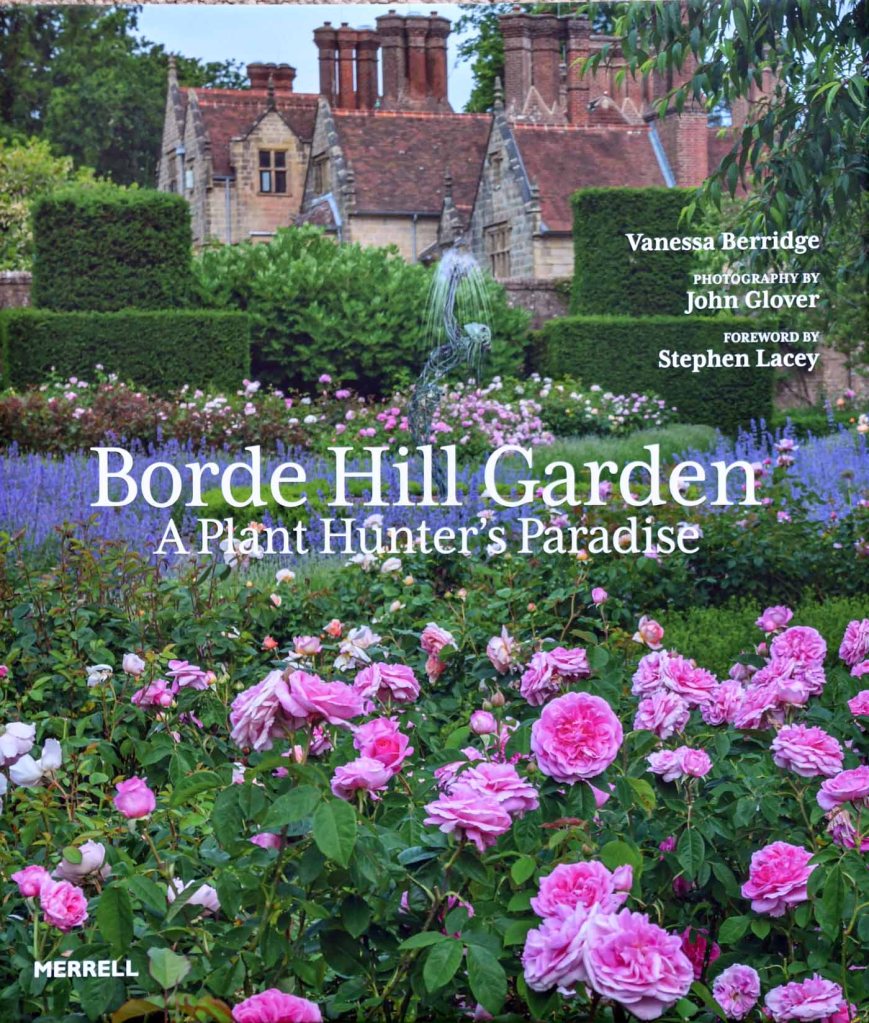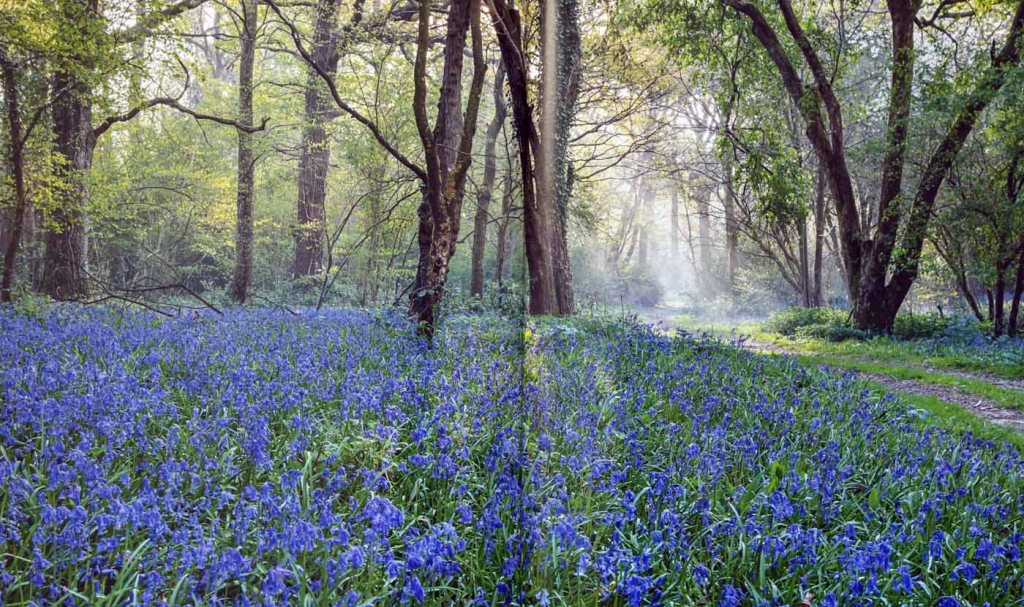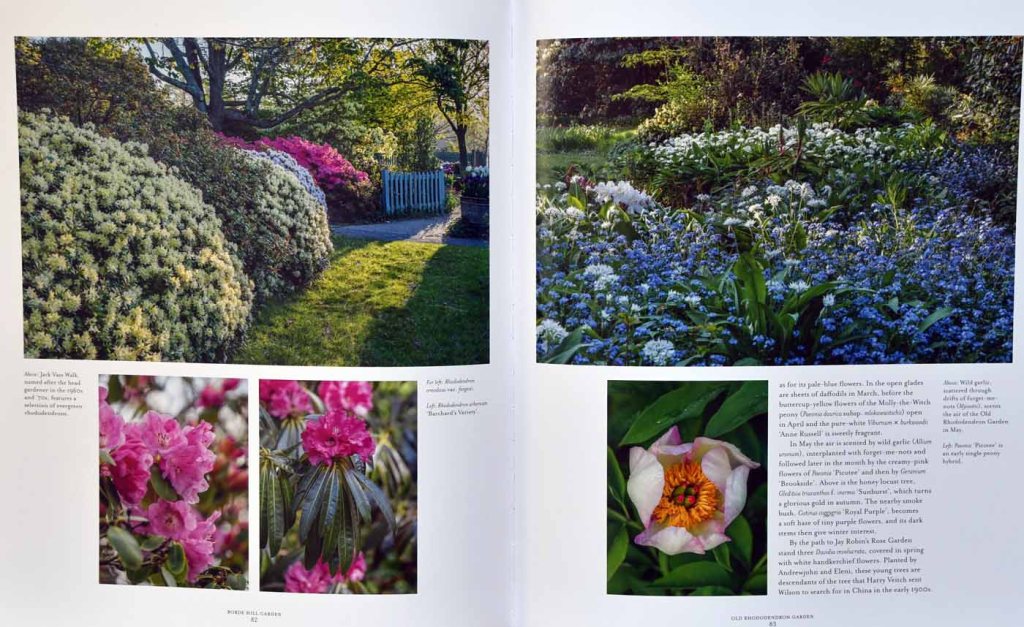Borde Hill

Four generations of the Stephenson Clarke family have created one of the great gardens of England. The plant-collecting enthusiasm of the garden’s founder continued in following generations with wonderful design and modern planting ensuring the best of gardens, one full of the exceptionally good plants organised and displayed in a perfectly pleasing setting.
Colonel Stephenson Robert Clarke created the gardens at Borde Hill from the 1890s onwards and has been followed by three generations of the family, Sir Ralph Stephenson Clarke, Robert Nunn Stephenson Clarke and Andrewjohn Stephenson Clarke, almost 130 years in the care one family. Colonel Stephenson Robert Clarke was a plant enthusiast and collector beyond any I have read or heard of. He sponsored all the great plant collectors of his day – Reginald Farrer, George Forrest, Frank Kingdon Ward, Clarence Elliott, Edward K. Balls, Harold Comber – and these provided the material he so desired to plant his new garden. As so very often is the case with plant enthusiasts, it was the plants which dictated the layout of the garden and Borde Hill developed as a naturalistic woodland with the plants’ requirement dictating their placing.
His enthusiasm brought him in contact with the great gardeners of the time and he corresponded and exchanged plants with Henry McLaren 2nd Baron Aberconway (Bodnant Gardens), Sir Edmund Loder (Leondardslee), Colonel Leonard Messel (Nymans), Lionel de Rothschild (Exbury), J.C. Williams (Caerhays) and P.D. Williams (Lanarth). He was also in regular contact with the botanic gardens at Kew, Wisley and Edinburgh and with nurseries in France, the Netherlands, Japan, South Africa, Kenya, Darjeeling, Canada and New Zealand. It was no wonder that Harold Hillier described him as “the greatest amateur all-rounder in the gardening world of the twentieth century”. A “Catalogue of Trees and Shrubs at Borde Hill, Sussex” was published in 1935 ran to 275 pages and listed 400 species. The list of plants which have been awarded Award of Garden Merit by the Royal Horticultural Society is a very lengthy one and the garden is home to 70 champion trees – the renowned dendrologist, Alan Mitchell, commented in 1989, “Borde Hill is one of the most comprehensive collections of trees and shrubs in the world”.


The following generations both added to and curated the collection they had inherited though, I believe, their most significant contribution has been to transform Borde Hill from being a home to a collection of plants to a garden of wonderful design and planting. Although the garden is described in the book as a series of fifteen areas these are not of the “rooms” style of so many English gardens in the twentieth century with strong divisions of walls and hedges delineating. Borde Hill is more open, more permeable and more natural with less harsh distinctions between areas, more a sense of drifting from one scene to another as one moves through the garden. Various designers have contributed to the gardens – Chris Beardshaw, Sophie Walker and Noel Kingsbury among them so the Borde Hill today is, as Jim Gardener says, “a quality garden, laid out effectively in its space and very attractive to visitors.”


It is especially heart-warming that this book does justice to the wonderful garden at Borde Hill. Vanessa Berridge certainly had a challenging, even daunting, task in front of her when she began this work and I am delighted to say she accomplished it with both style and substance. The quality and beauty of John Glover’s photography has made a central and vital contribution to the book. Not only does he record the garden in all its beauty but does so in an artistic, even painterly way, with images which are at times breathtakingly beautiful. A fabulous book! In every way a fabulous, fantastic and incredibly wonderful book.
[Borde Hill Garden, A Plant Hunter’s Paradise, Vanessa Berridge, Photography by John Glover, Merrell, London, 2022, Large-format hardback, 208 pages, £40, ISBN: 978-1-8589-4690-0]

